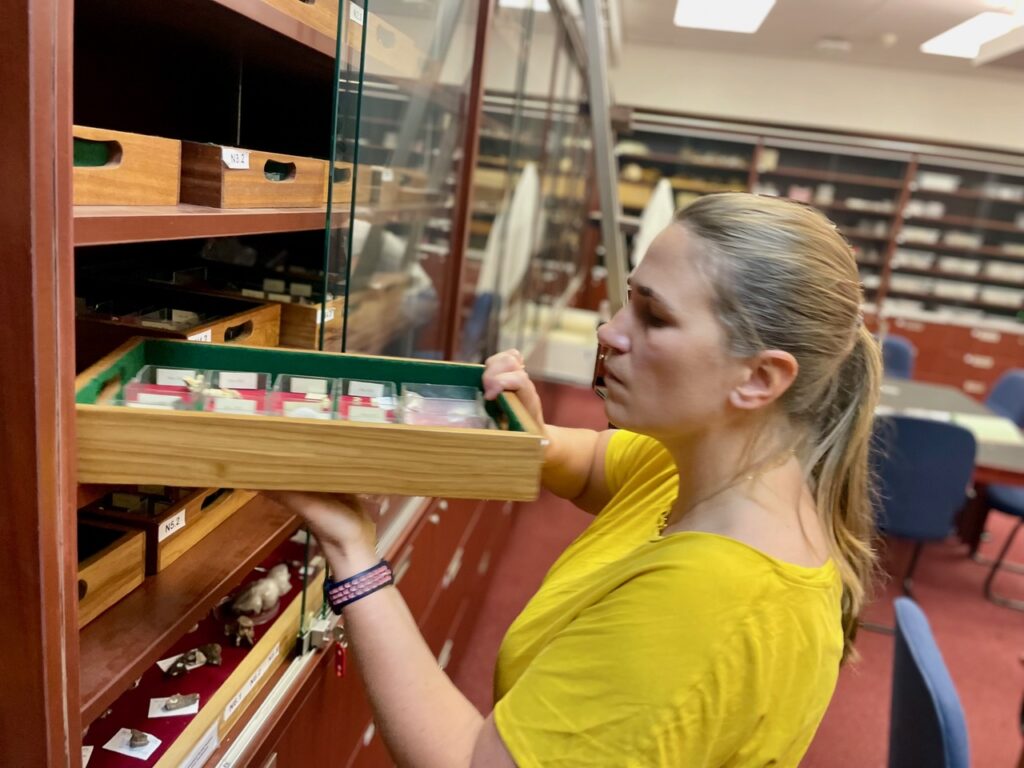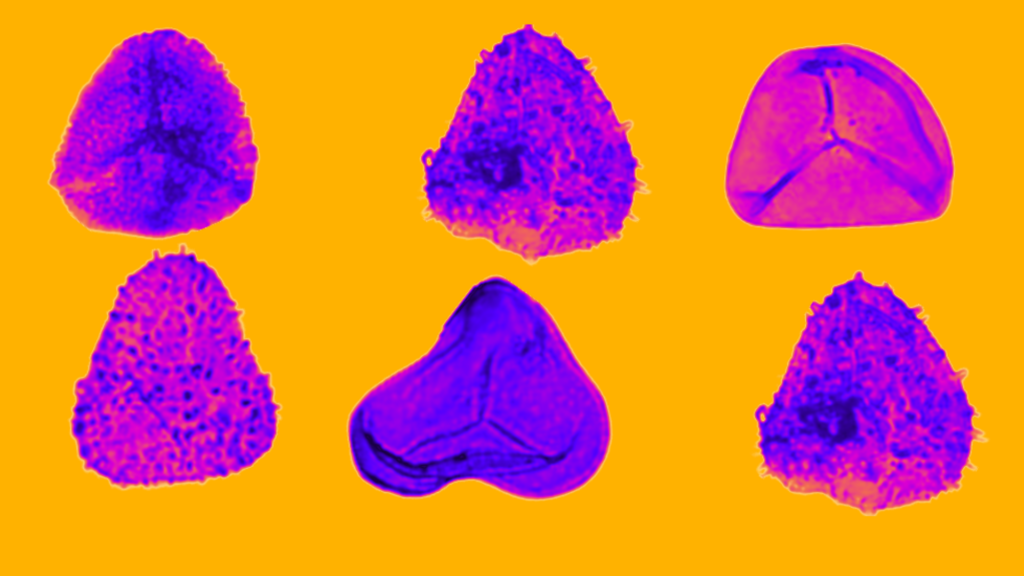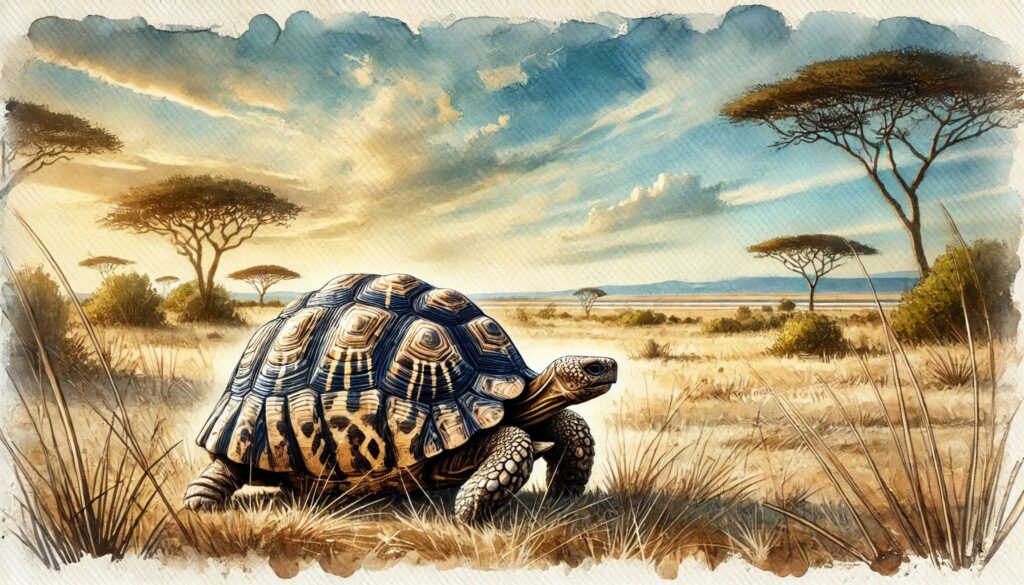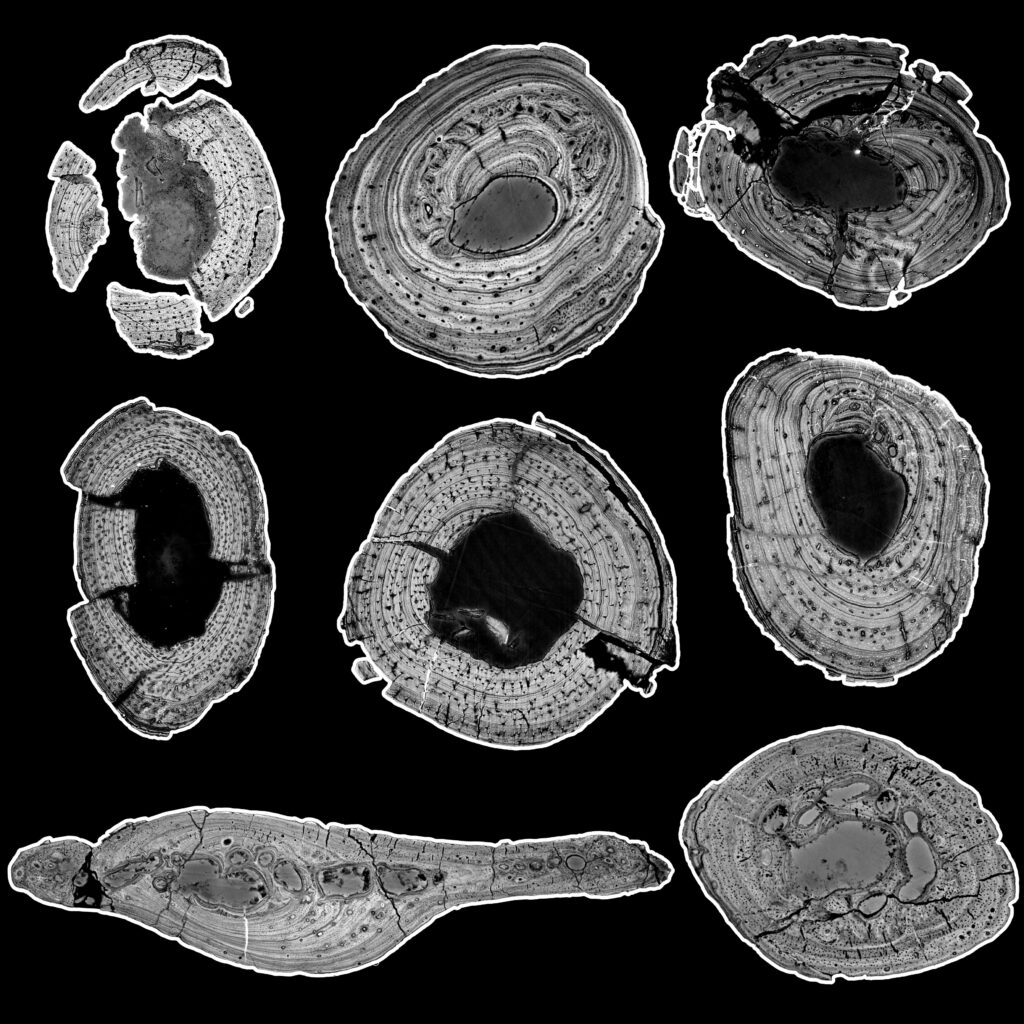So says the bones!
A histological analysis of fossil giraffid bones has suggested that they experienced episodic periods of stress in the Langebaan area during the Pliocene period.
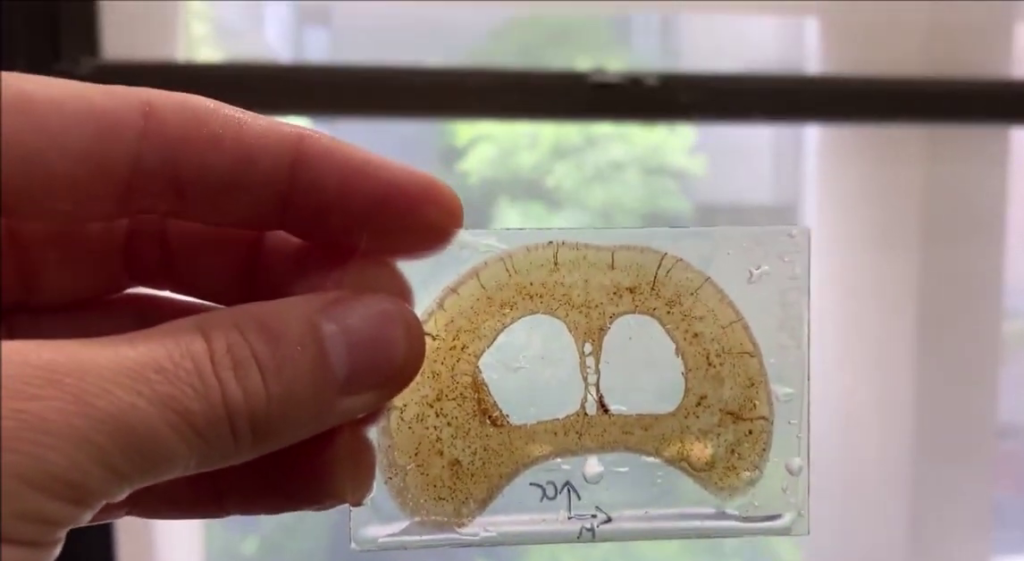
Small bites
- Bone histology was used to study the growth and development of fossil giraffids.
- Fossilized giraffid bones were studied using a petrographic microscope fitted with transmitted light.
- Growth irregularities in the extinct taxa are indicative of episodic stress events.
A study of fossil giraffid bones uncovers environmental crises in the Pliocene
A study of fossil giraffid bones has revealed some interesting observations about the maturation of giraffe ancestors during Pliocene. Dr Juan Marcos Jannello is a Postdoctoral fellow from San Rafael, Argentina, and a GENUS grantee. He studies the life history traits of fossil giraffes at the Palaeobiology laboratory of the Biological Sciences department, University of Cape Town, under the supervision of Prof. Anusuya Chinsamy-Turan. He conducted a histological analysis of 11 fossil long bones of Sivatherium hendeyi and 9 of Giraffa jumae from Langebaanweg, South Africa, which are housed in the Iziko Museum.
Photographic details of these specimens were carefully made before applying destructive sample preparation methods (thin sectioning of the bones). Thin sections of the fossil giraffid bones were prepared, following standard procedures for mounting, grinding and polishing the thin sections. The mounted samples were then studied using a transmitted light microscope which was also fitted with polarized light.
The results showed that the bone deposition patterns of the extinct taxa, from infancy to adulthood, compares well to that of modern giraffes. However, there are some growth irregularities in the extinct bone specimens which, Jannello suggests, are indicators of stressful environmental episodes during the Pliocene. These episodes may have been disturbances in the regular supply of food in the environment of the extinct taxa.
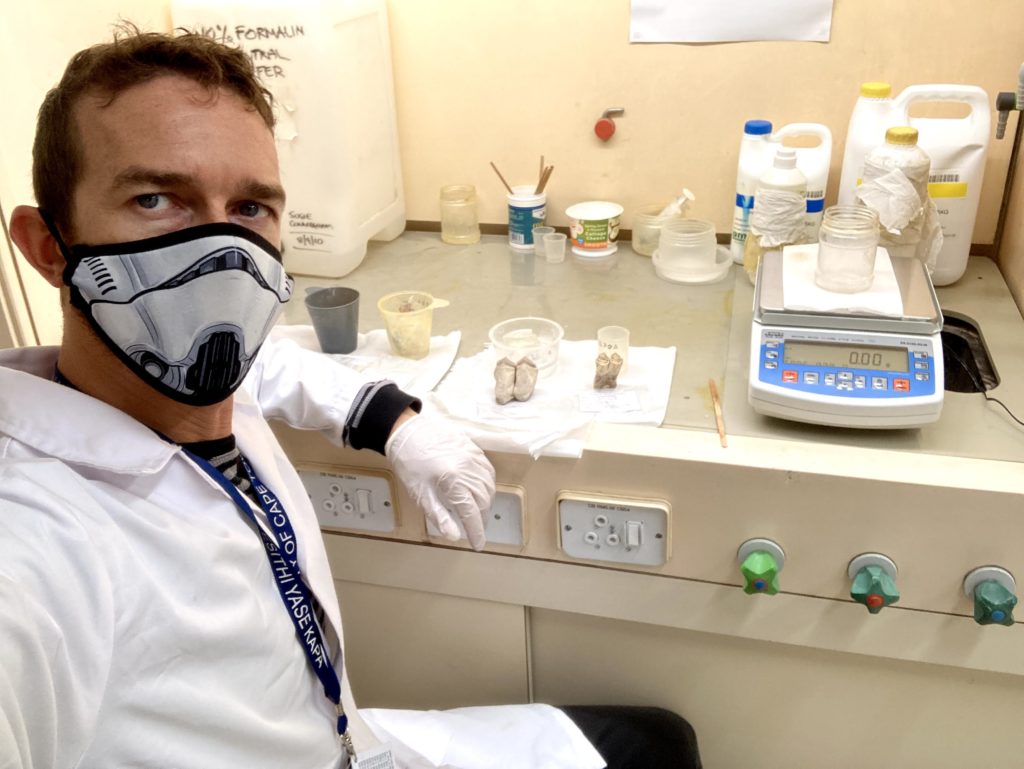
“The studies of the bone histology of vertebrates have led to a better understanding of their biology”
Dr Jannello
